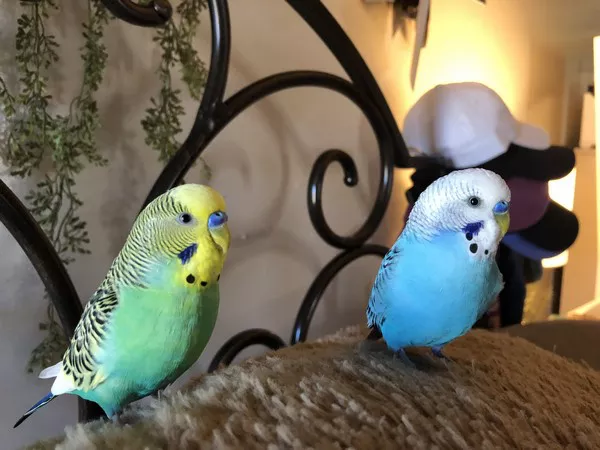Do Tibetan Mastiffs bark a lot? This question has intrigued dog enthusiasts and potential pet owners alike, as these majestic and ancient guardians are renowned for their imposing presence. In this comprehensive exploration, we will delve into the intricate world of Tibetan Mastiffs to unravel the truth behind their barking tendencies, shedding light on their behavior, temperament, and the factors that influence their vocalizations.
Understanding the Breed’s Origins:
To comprehend the barking habits of Tibetan Mastiffs, it is essential to delve into their origins. Originating from the Himalayan region, these dogs were bred to guard livestock and monasteries in the harsh terrains of Tibet. Their primary duty was to deter predators, and barking played a crucial role in this role. The breed’s history is deeply intertwined with its vocal instincts, forming the basis for evaluating their contemporary behavior.
See Also:Why is Tibetan Mastiff the Most Expensive Dog?
Breed Characteristics and Temperament:
Tibetan Mastiffs are characterized by their large, muscular build, thick double coat, and distinctive mane. Despite their imposing appearance, they are known for their independent and aloof nature. These dogs are inherently protective, making them excellent guardians. Understanding their temperament is pivotal in deciphering whether they are predisposed to bark frequently or not.
Territorial Instincts:
Tibetan Mastiffs are inherently territorial, a trait deeply ingrained in their breeding history. This territorial instinct often translates into a heightened sense of awareness and a proclivity for barking when they perceive potential threats to their domain. Understanding and respecting this natural instinct is key to managing their barking behavior.
Guarding Nature:
Bred as guardians, Tibetan Mastiffs take their role seriously. Their protective nature extends not only to their human family but also to the physical space they consider their own. This instinct can lead to frequent barking as a means of warding off perceived dangers, whether real or imagined.
Environmental Factors and Barking Habits:
While genetics and breeding history play a significant role in a Tibetan Mastiff‘s predisposition to bark, environmental factors also contribute to their vocal habits.
Socialization and Training:
Proper socialization and training during puppyhood can influence a Tibetan Mastiff’s behavior. Well-socialized dogs are less likely to react excessively to unfamiliar stimuli, reducing the likelihood of incessant barking. Consistent and positive reinforcement-based training can also mitigate excessive barking tendencies.
Loneliness and Isolation:
Tibetan Mastiffs thrive on human companionship and can become vocal when left alone for extended periods. Loneliness and isolation may trigger barking episodes, highlighting the importance of providing them with adequate mental and physical stimulation.
Health Considerations:
A dog’s health can significantly impact its behavior, including barking habits. It is crucial for owners to monitor their Tibetan Mastiff’s well-being and address any underlying health issues that might contribute to excessive barking.
Pain or Discomfort:
Dogs may resort to vocalizations when they are in pain or discomfort. Regular veterinary check-ups and prompt attention to any signs of distress can help prevent barking triggered by health issues.
Breed-Specific Health Concerns:
Certain health issues, such as hip dysplasia or arthritis, may be more prevalent in large breeds like the Tibetan Mastiff. Managing these conditions proactively can contribute to a more content and less vocal pet.
Managing and Training Tibetan Mastiffs:
Understanding the breed’s instincts and addressing potential triggers are crucial steps in managing and training Tibetan Mastiffs effectively.
Positive Reinforcement:
Tibetan Mastiffs respond well to positive reinforcement. Reward-based training can help reinforce desired behaviors while discouraging excessive barking. Treats, praise, and play can be powerful motivators in shaping their conduct.
Consistent Commands:
Establishing consistent commands and boundaries is essential in managing a Tibetan Mastiff’s behavior. Clear communication helps them understand when barking is appropriate and when it should cease.
Respecting Their Nature:
It’s important for owners to strike a balance between managing excessive barking and respecting the breed’s inherent characteristics.
Accepting Their Protective Instinct:
While training can modify behavior to some extent, it’s crucial to recognize and respect the Tibetan Mastiff’s protective instincts. This breed’s natural inclination to guard should be acknowledged rather than stifled completely.
Providing Adequate Exercise:
Ensuring Tibetan Mastiffs receive sufficient physical and mental stimulation can contribute to a well-balanced and content dog. Regular exercise can help dissipate excess energy, reducing the likelihood of incessant barking.
Conclusion:
In conclusion, the question “do Tibetan Mastiffs bark a lot?” is not one that can be answered with a simple yes or no. Their vocal tendencies are deeply rooted in their history, genetics, and environment.
Responsible ownership, proper training, and a deep understanding of the breed’s instincts are essential for ensuring a harmonious relationship with these majestic dogs. By embracing their protective nature and addressing potential triggers, owners can foster a balanced and well-behaved Tibetan Mastiff, enriching the lives of both the dog and its human companions.
Related Topics:
Why Was the Tibetan Mastiff Bred?
Are Tibetan Mastiffs Friendly?
Are Tibetan Mastiffs legal in the US?
























